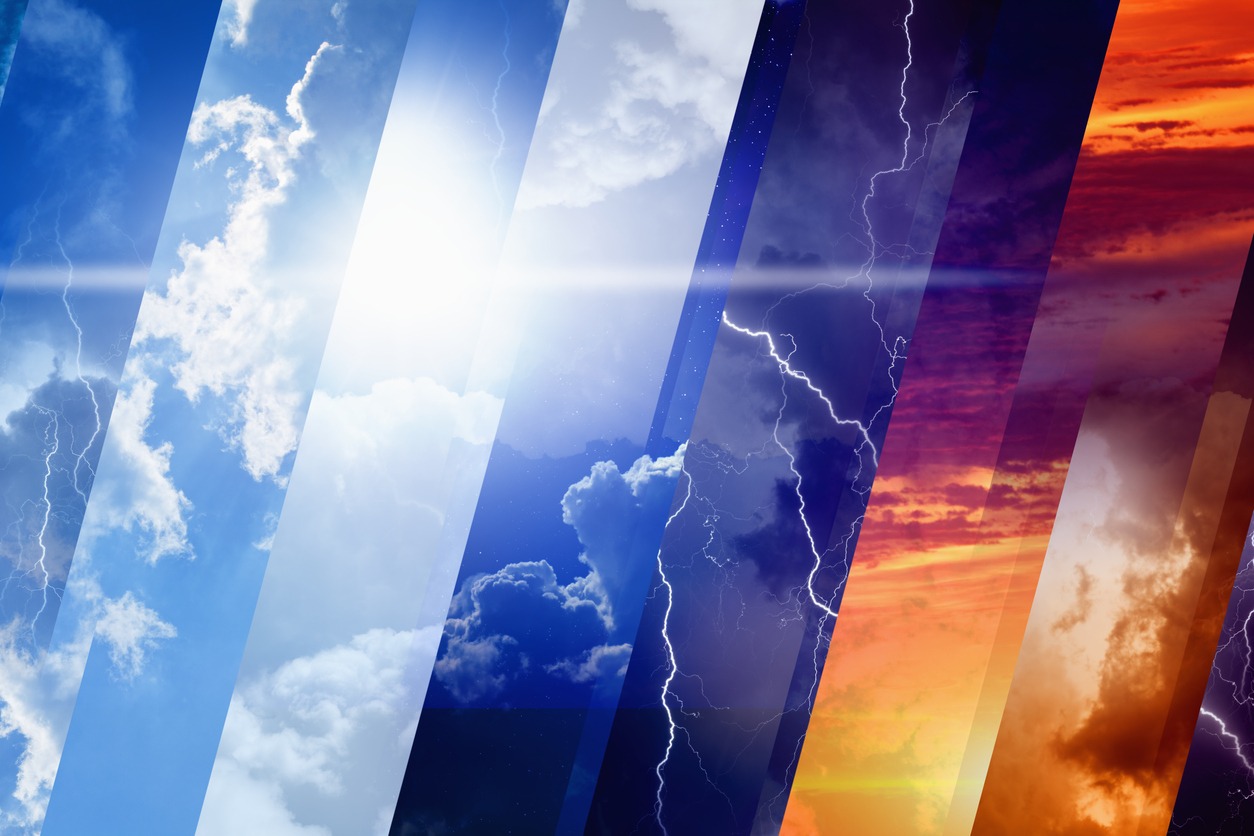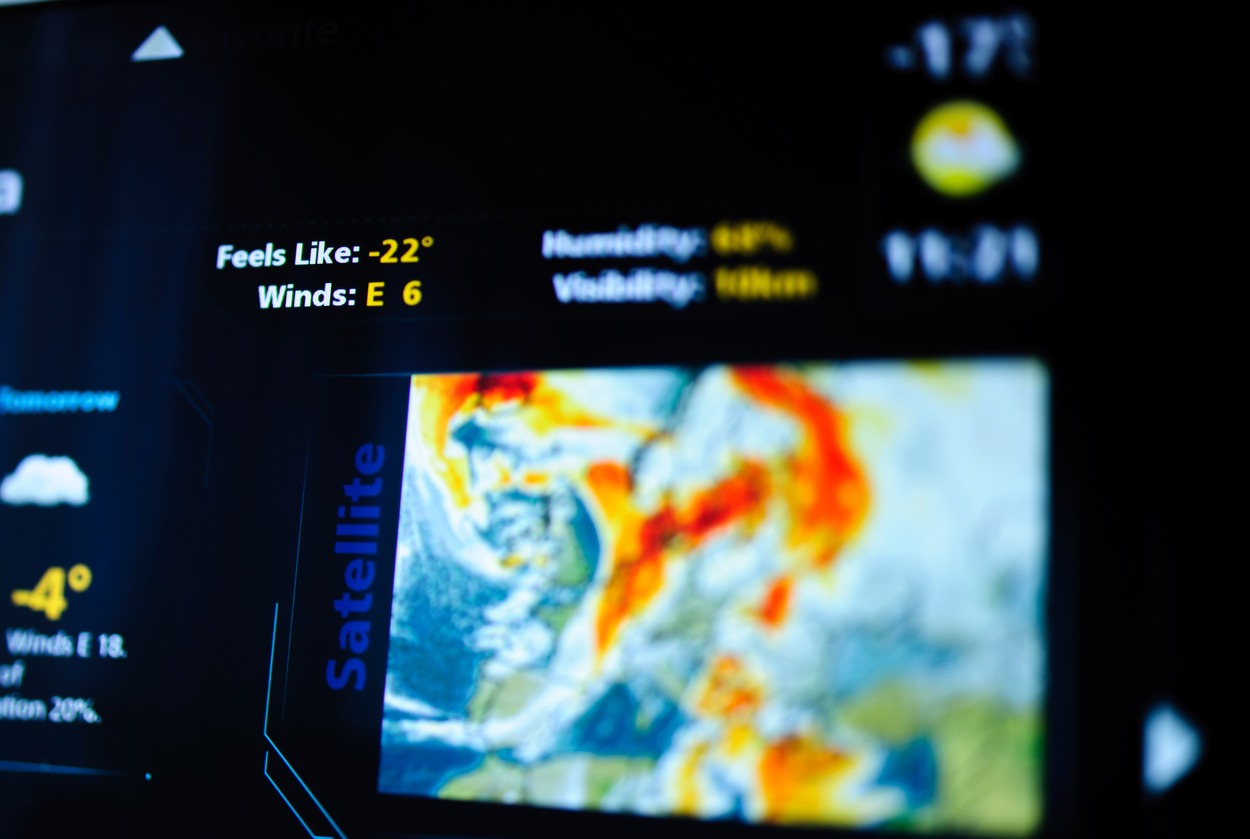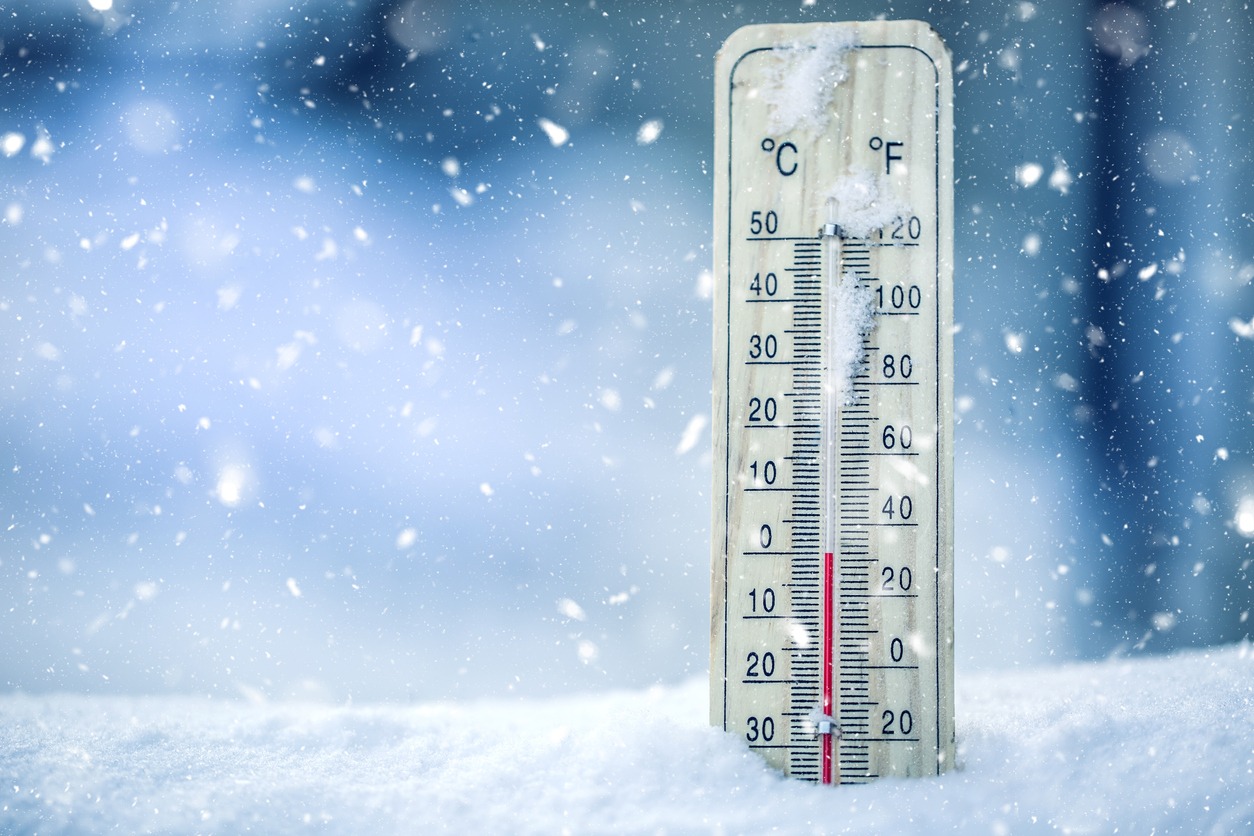When a disaster or a catastrophe happens, we can expect a lot of damage. Even if no lives are lost, the people in the affected area are still in danger and have to face a lot of inconvenience.
One of the things that are likely to happen is a loss of internet and news availability. Because of this, it can be useful to know the basics of determining what the weather will be like in the coming days. Things can change so quickly during the day; even at the best of times, the weather can get chaotic. However, there are some ways to know about the weather ahead of time. This way, we will have at least some idea of what to expect and can prepare accordingly.
Learning the Basics of Weather Forecasting
Weather refers to the changes and happenings in the atmosphere, which includes things such as temperature, wind, rain, storms, and more. Many simple methods can be learned that can help to predict the weather without extensive technology. Let’s now have a look at the various factors that can help us in weather forecasting:
The Proximity of the Sun
The sun is the primary factor in weather changes. Areas near the equator receive more of the sun’s energy than the areas around the poles, which is recognizable by the temperature differences between those areas. Different biomes handle the sun’s energy in different ways, as evidenced by the difference between the rainforest and the desert that are near the same longitude. This is also affected by the earth’s tilt.
Air Pressure
Air pressure or atmospheric pressure affects the wind, as air tends to move from high pressure areas to those of low pressure. The bigger the pressure difference, the faster the air will move.
Air pressure can be tricky to figure out unless a barometer is available. Without one, it can be determined by watching the smoke from the campfire. If it rises directly up, then pressure is high; if it sinks and swirls, pressure is low, and rain is likely.
Humidity Levels
Another factor is humidity. How damp the air is – meaning how much water vapor it holds – determines the level of precipitation: rain, snow, hail, etc. It also determines how many clouds will be in the air at any moment. The type of clouds in the sky is also a clue to what the weather will be like.
Altitude of a Specific Area
Altitude also has some bearing on the weather. Temperatures tend to be cooler at higher altitudes as the air is thinner.
Smell
People have been heard to say, “It smells like rain.” This is usually a fairly accurate way to predict a coming shower. When flowers are easier to smell and the smell is stronger, this also usually heralds rain.
Wind Direction and Speed
The direction of the wind tells a lot. Look at the speed and direction; the wind is usually named after the direction from which it is coming. The terrain in that direction will have some bearing on the results of the wind. When winds come from the opposite direction more than usual, storms are more likely. The wind’s speed can be estimated by how cool it feels – stronger winds tend to feel cooler.
Wildlife Behavior
Wildlife can also indicate the weather by how they behave. Birds are aware of air pressure, and geese, for instance, tend to fly higher when the atmospheric pressure is higher and lower when it is lower. Snakes often leave their nests in cooler temperatures when bad weather is coming (they are often in the sun when it is warm). Cows will lie down if a storm is coming.
Different Methods of Predicting the Weather
Predictions are dependent on observation, including temperature, humidity, pressure, and precipitation. However, weather does tend to follow patterns, so a good preliminary step would be to study the weather maps for the area where one plans to be. Knowing the previous weather can be of great assistance in predicting future weather.
There are several techniques often used for forecasting, including persistence, trend, and analogue. Let’s have a glance at each method:
- ‘Persistence’ assumes that the weather is likely to be the same. It can be accurate for a little while, but stops being very reliable after a full day.
- ‘Trend’ watches what is happening and sees what is coming within a few minutes to a couple of hours. It tends to be less accurate after a few hours.
- ‘Analogue’ looks at what has happened previously and assumes patterns will continue. This may not be as accurate as other options but will often showcase similar patterns that can be useful when predicting the weather
Old Weather Sayings: Are They True?
Before people had the technology to predict the weather based on scientific research, they looked for predictive factors in their surroundings. By observing certain phenomena, our ancestors developed a little understanding of what kind of weather to expect. They then passed down their derived wisdom to future generations, resulting in some weather-related sayings we know today. However, not all of these are accurate, or perhaps not accurate for every part of the world.
Still, looking at old sayings about the weather might be an interesting practice. Some of these might even have some truth to them, so let’s see if and how they can help us in predicting the weather:
“A ring around the sun or moon means rain is coming very soon.”
This is mostly true, as the humidity between the observer and the moon causes the appearance of a halo due to reflection and refraction. Basically, the ring is caused due to the light from the sun (or the light that the moon gets from the sun) passing through the ice crystals in the upper atmosphere. The crystals may come from cirrus clouds or the tops of storm clouds.
“Red sky at night, sailor’s delight. Red sky in the morning, sailors take warning!”
Sometimes it is “shepherds” rather than “sailors” but it is rooted in reality. When the sky is red at night, it usually is due to clouds being to the east, which is generally already past (the Jetstream goes from west to east, so most weather also follows that path, though there are exceptions). Therefore, it is likely to be clear the next day. However, when the sky is red in the morning, the clouds are to the west, which means they are still on their way.
“The sharper the blast, the sooner ‘tis past.”
Another way of saying this is, “the quicker it comes, the quicker it goes.” When rain comes up suddenly, it is usually strong and fast and moves on as quickly as it came. When it moves in slowly, it is moving slowly and may stay a while. Again, this saying has some truth in it. A powerful thunderstorm, on average, travels at about 30 miles an hour. This means that while it will hit an area with a lot of force, it will also pass on in a matter of a few hours at the most. Gentler showers of rain, however, will take their time and might even go on for some days.
“The higher the clouds, the finer the weather.” “When clouds appear like towers, the earth is refreshed by frequent showers.”
When clouds are wispy and high, the weather will be nice. When the clouds are tall and built up, it is more likely to rain and when these clouds turn dark, it will probably storm. This saying makes sense, as cumulonimbus clouds (the official name for storm clouds) can tower up to 75,000 feet. Their shape then is almost like anvils, or rocks stacked one on top of the other. So, when we see something like towers and rocks instead of wispy shapes in the sky, a storm is most likely due soon. This might result in some inconveniences, so do read up on keeping children occupied after a power outage and stock up on groceries during such times.
As we can see, there are several ways to determine what the weather will be like on a certain day, provided that it isn’t too far in the future. Knowing more about the weather and its signals can help us in a lot of ways, especially if we’re interested in gardening, camping, survivalism, and other outdoor-related activities. If you expect precipitation, for example, you’d have a better guide to selecting items needed for a camping trip.
Conclusion
Figuring out what the weather will be like ahead of time has grown more precise over time. Twenty years ago, one day ahead was about as accurate as the meteorologists usually were able to be, but now the forecasts tend to be accurate up to five days ahead. This is because more has been learned about how the weather works, what to watch out for, and what to reasonably expect.
Are you ready to try out weather forecasting for your own requirements and convenience? You might want to check out this go-to guide to buying a personal weather station.


